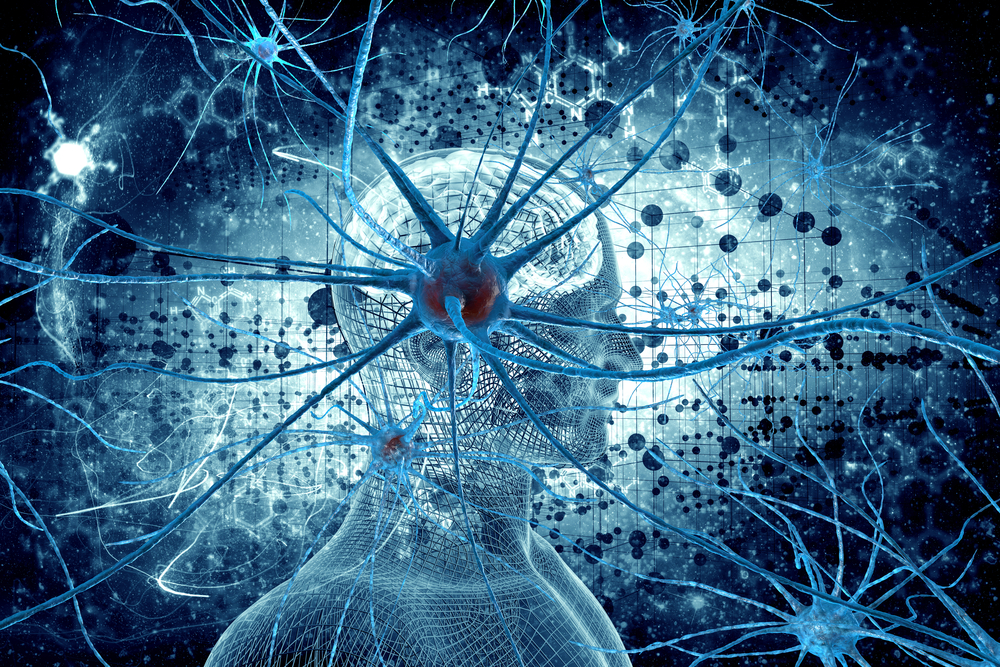Way of Identifying Neurons Essential to Walking, Other Abilities Found

Researchers developed a way of using machine learning to identify those cells most important for a given function or task, such as movement, and for evaluating how they respond to potentially restorative treatments.
Using Augur, as this method is called, the team was able to identify the neural circuits in mice involved in the recovery of locomotion following therapy. They believe Augur has the potential to pinpoint neurons implicated in several skills impaired in people with multiple sclerosis (MS), including balance and walking.
“Whether you are working on cancer, Crohn’s disease, COVID, or multiple sclerosis, the central question remains the same, what type of cell is at the source of the problem? Our method speeds up the investigative process, and for this reason we have made Augur freely available,” Grégoire Courtine, PhD, senior author of the study, said in a press release.
Courtine is an associate professor at the Swiss Federal Institute of Technology Lausanne (EPFL), and principal investigator of the G-lab team at EPFL’s Center for Neuroprosthetic and Brain Mind Institute of the Life Science School.
Their study, “Cell type prioritization in single-cell data,” was published in the journal Nature Biotechnology in the form of a brief communication.
Scientists are now able to quantify gene activity and protein levels, as well as understand their networks and direct regulation in hundreds of thousands of cells. This knowledge can potentially be used to identify which cell types are most affected by a disease and more responsive to treatment, highlighting their potential as therapeutic targets.






